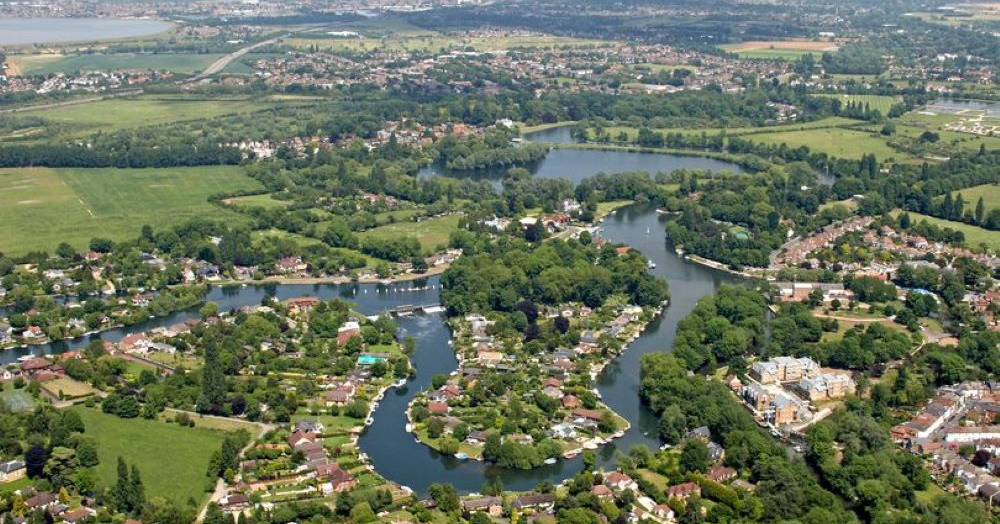The history of Hamhaugh Island
We have come across a fascinating article on the history of Hamhaugh Island. Dating back to mid 19th Century, the island was created when Shepperton Lock was built. Below is the fascinating full article:
For a lot of people going on holiday used to mean pitching your tent just about anywhere - in a field, by a river, on an island. There were far fewer proper campsites and this so-called "freelance camping" meant people just hung out wherever they wanted.
One of the places people liked to camp out was on the many islands along the River Thames. Here folk sometimes spent the whole summer, enjoying an idyllic life next to the river. It wasn't unheard of for entire families to sleep under the stars. In fact on many of the islands this is how the modern settlements began life, as campers turned up and liked it so much they started to build more permanent homes.
Hamhaugh Island was created when Shepperton Lock was built to control the flow of the river around the bends it makes here to the West of London. You can only get to the island today by crossing the weir, and following a series of paths.
Miranda Vickers who visited the island in the writing of her book, "Eyots and Aits, Islands of the River Thames", says it's an awkward place to get to. The island was once used to make hay, and a horse ferry was moored near Ferry Lane on the mainland to take the horses and carts over to the island in hay-making season. Once the hay had been cleared, there would have been perfect grass for camping.
Miranda says the island was well-known for its fruit tree with varieties of apples, pears peaches and plums growing there. It was in the late 19th Century that campers started to settle on the island, sometimes for the whole summer. A booklet called "Shepperton's Island Dwellers" produced by Sunbury and Shepperton Local History Society gives a quirky account of the lives of these early adventurers.
Over the years permanent chalets have been built on the island, but some families continued to live in tents until 1938. In the 1930s some started living on the island all year round. In the Second World War an air-raid shelter was built on the island and some Londoners actually moved there to escape the worst of the Blitz in 1941.
Nowadays there are 46 houses on the island which are highly sought after and rarely come up for sale. There's proper running water, electricity and a postal services and you could live as comfortable a life here as anywhere in London.

